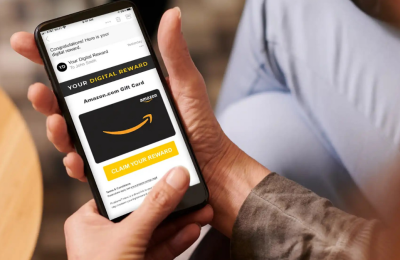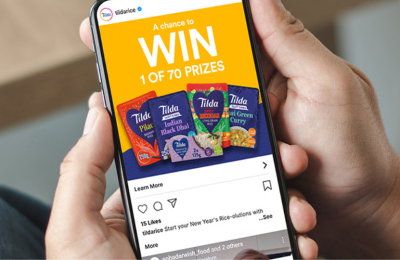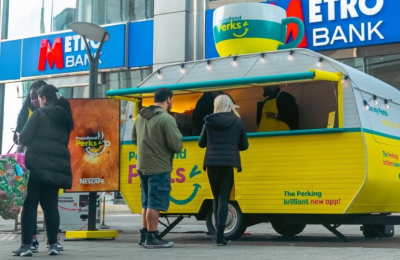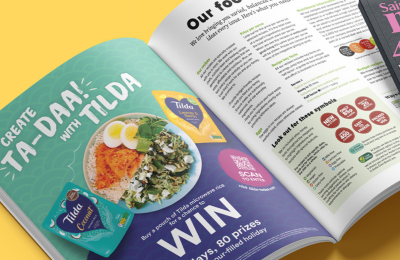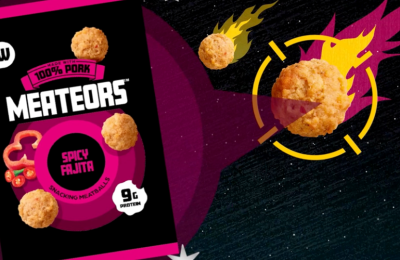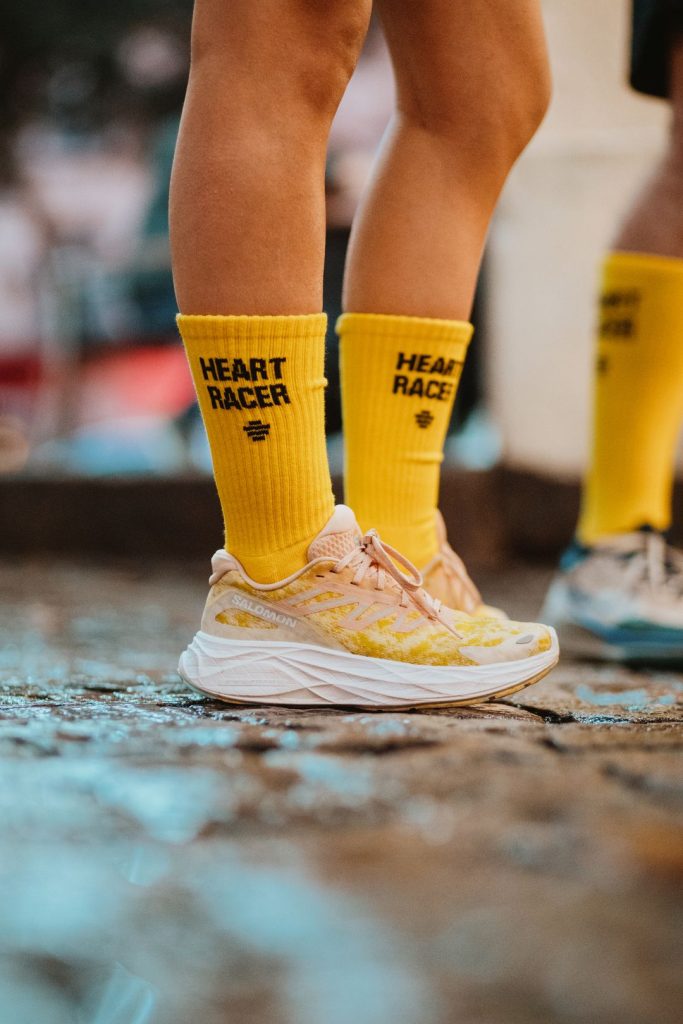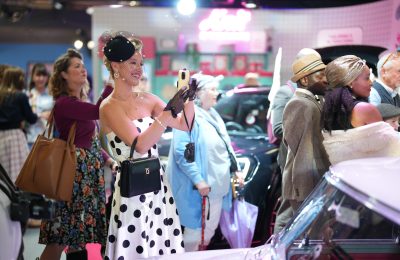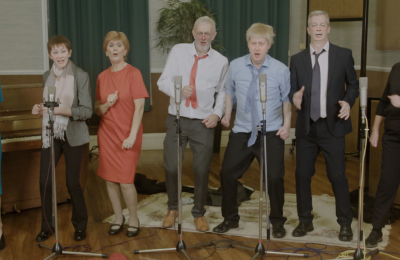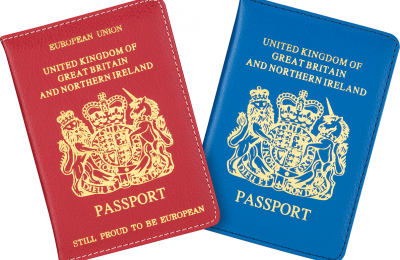The IPM’s Experiential Community gathers to chart the future of the sector, uniting industry leaders to define and amplify its purpose and value. This collective effort comes at a crucial time, as findings from the IPA Bellwether report reveal a remarkable 23.1% increase in event marketing budgets—up from 15.9% in the previous quarter. This surge in investment signifies a clear shift in marketing strategies, emphasising the critical role of real-world experiences in forging meaningful connections with consumers. So, what drives this investment in marketing spend during challenging economic times? Jon Evans, Chief Commercial Officer at System1, explains:
“The ‘why’ rests in consumers’ increasing demand for human connection. We’re still experiencing the pandemic bounce back, with hybrid working leading to a greater need for in-person interaction. As more work and leisure time is spent in the digital world, the desire for thrilling real-world experiences continues to increase, making it an essential channel for brands looking to build powerful audience connections.”
At Brand Experience 360, Olivia Rayner, Creative Director at Sense Marketing, highlights the loneliness epidemic impacting today’s youth. She paints a portrait of a post-pandemic world that feels increasingly digital, noisy, and overwhelming, which contributes to what she calls “Connected Anxiety.” Olivia argues that by creating immersive and meaningful experiences, brands can effectively address the emotional pain points of younger generations, enabling them to rediscover a sense of belonging and community in a disconnected world.

Engaging Communities & The Rise of Run Clubs
The rise of local run clubs reflects this growing need for community and face-to-face interaction in today’s digital age. Google Trends indicates a steady increase in searches for ‘Run Club‘ in the UK over the past five years while the Hackney Half Marathon has sold out for the first time ever, demonstrating the heightened appetite for community-driven events. In her article, “Is Strava the New Tinder?”, Clara Duval digs deeper into the phenomenon, exploring how platforms like Strava and local run clubs are redefining connections and promoting real-world meetups over traditional dating apps. Nick Tuppen, CEO of Threshold Sports, elaborates:
“The continued growth of wearable tech engaging people with their wellbeing and fitness shows how health is increasingly seen as the new wealth. Coupled with wider cultural trends for ‘athlete CEOs,’ platforms like Strava cultivating active communities, and the crossover of outdoor brands like North Face becoming high street staples, it’s no surprise that consumer appetite for active events is on the rise too.”
Recent research conducted by Bumble Inc. in collaboration with YouGov supports this theory, revealing a significant increase in the participation of active events for 2024. The report highlights a 31% increase in time spent and 17% rise in spending intentions for activities such as marathons and 10K runs. Driven primarily by Millennials and Gen Z, this trend highlights the significance of physical community gatherings, with participants engaging in active events an average of 3.6 times a year. Building on these insights, Bumble recently celebrated its first Run Club Festival, partnering with the five top running clubs in Paris for a week filled with runs, coffee collaborations, and brand experiences. This cultural shift highlights the role brands can play in uniting shared passions, in this case, health and wellbeing, through active experiences.
Bringing Brand Partnerships to Life
Through experiential marketing, brand partnerships come alive. A prime example is Polly Pocket’s recent 35th-anniversary collaboration with Airbnb, which captured widespread attention this summer by offering fans a chance to stay in a life-sized Polly Pocket replica. This collaboration taps into nostalgia, reflecting what Pion describes as “the pursuit of stagnation”—a desire to revisit and celebrate beloved aspects of the past. However, brands must proceed with caution when forming partnerships. Barbie’s ventures into unexpected product categories—such as toothpaste and meat-based snacks—have raised eyebrows. With over 165 brands associated with the recent movie, the sheer volume of these collaborations sparks debates about consumer fatigue, illustrating the delicate balance between cultural relevance and commercial saturation.

Technology Transforms the Viewing Experience
2024 brings sports and technology closer than ever before. TRO leads the way with the Just Eat Grabber and Pepsi Pulse Challenge, while also offering an exciting opportunity to test-drive a Mini in virtual reality at the Goodwood Festival of Speed. These pioneering campaigns reflect a broader trend in the industry: Lucy Porter, Strategy Partner at PrettyGreen | B Corp, highlights that spending on live sports is set to increase by 10% in time and 15% in overall expenditure. The Paris 2024 Olympic Games exemplify this shift, achieving a record-breaking 34 million livestream viewers and shattering the BBC’s sports streaming records. In response to this growing interest in live viewing, fan zones are on the rise, with Shared Reality Experiences like Cosm at the forefront of this trend, creating hybrid environments that allow fans to experience front-row seats from anywhere in the world.
Scent-sational Marketing
This year, brands like McDonald’s and Lynx have taken a bold step into sensory advertising with their aromatic billboards, transforming traditional marketing into immersive experiences. In a striking move, Doritos even ignited one of their billboards to launch a new spicy hot range, showcasing how brands can push boundaries with creative installations that engage consumers on multiple sensory levels. Aldi UK takes this a step further, winning the IPM Grand Prix with the world’s first rosé-dispensing billboard. Developed in collaboration with Hopper and Clarion Communications, this innovative installation pours rosé once the temperature hits 19.2°C—the ideal temperature for enjoying rosé. As we look to the future, the lines between advertising and experience are clearly blurring. How do you think these blurred lines will impact consumer expectations of advertising?

Brand Experiences for a New Generation
As we look to the next generation of brand experiences, it’s clear that both Gen Alpha and Gen Z are redefining how we interact with brands. In a digital world fraught with existential threats, the demand for real-life connections has never been greater. With many feeling too stressed to enjoy simple pleasures, nostalgia and Kidulting experiences—those that allow adults to embrace their inner child—are thriving.
What trends do you see shaping the future of experiential marketing? How are brands like Pinterest breaking the B2B mould? What role does the “main character” mentality play in light of AI and personalisation? We’d love to hear your thoughts in the comments below.
In response to these shifts, our Experiential Community is committed to leading the way and shaping the future of our industry. Emma Kirk, our General Manager, summarises:
“The IPM’s Experiential Effectiveness Community is shaping the future of experiential marketing. Together, we tackle critical industry challenges by defining the essence of experiential marketing and developing standardised measurement tools that provide quantifiable value for brands and agencies. By transforming competitors into collaborators, we empower one another to establish and elevate industry standards for the collective benefit. To register your interest and contribute to the progression of this dynamic sector, please reach out to us today.”


